Some of America?s Avian Treasures
10,000 Birds
MAY 24, 2020
North America is home to many amazing bird species, including several which require a special effort to see and appreciate. In the summer, they are the highest altitude breeding songbird in North America. The post Some of America’s Avian Treasures appeared first on 10,000 Birds. South Texas Birding & Nature.

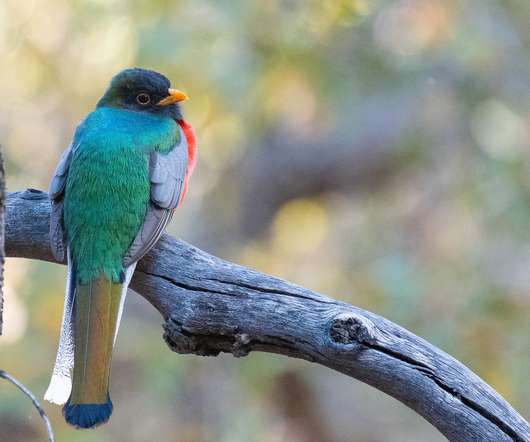
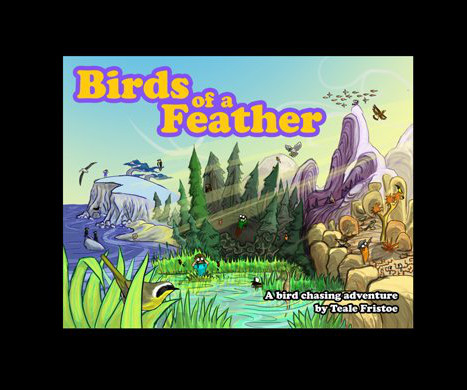

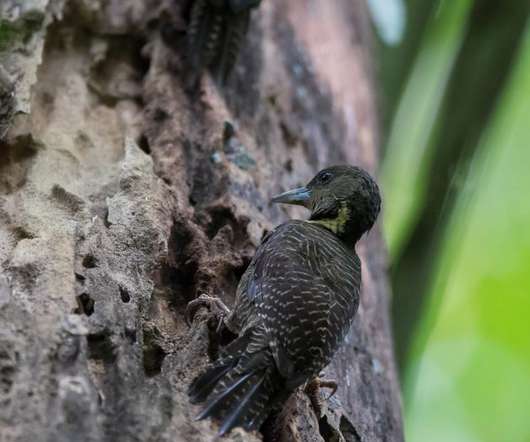
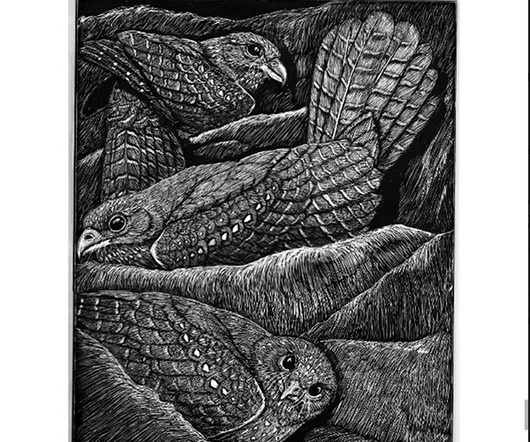

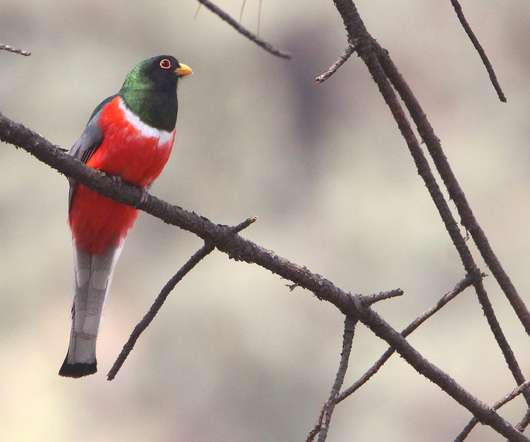

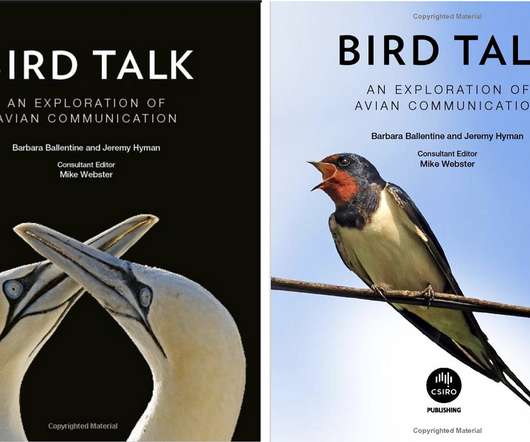

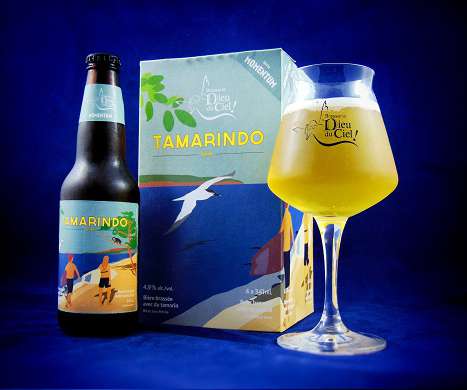












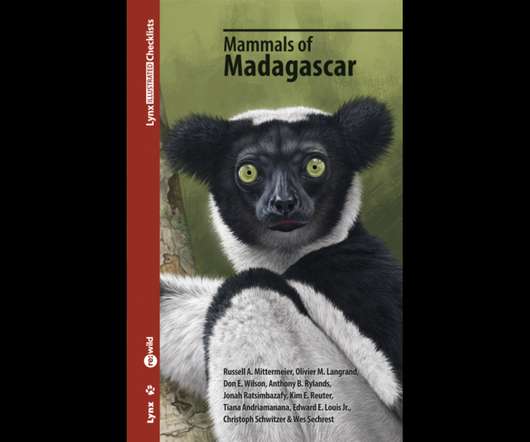
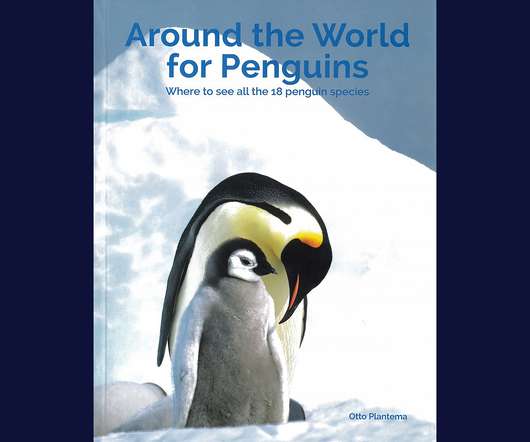






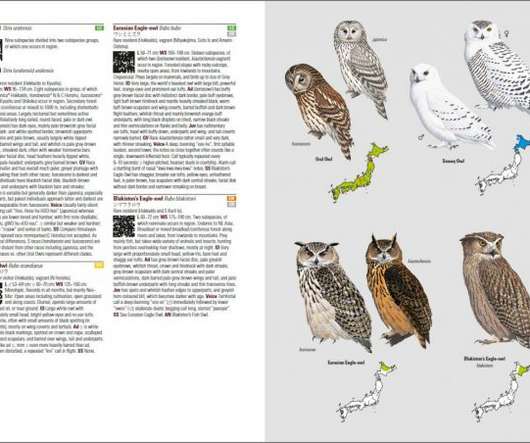









Let's personalize your content